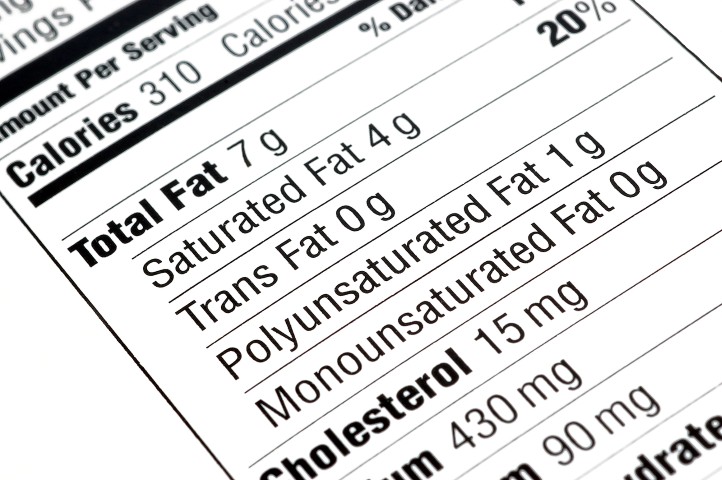Looking to do a little ‘lite’ reading? Decipher what in the world those labels actually are trying to tell you!

More and more nutrition experts implore people to study hard what is written on the labels of the foods they eat. Why? Because it’s an incredibly grey area. Not all the information on labels is clear cut, often weighed down with vague jargon, which can make them misleading to the average consumer.
It’s recommended that you eyeball these particular things on the nutrition label:
Listed ingredients
When reading a food label, the ingredients highest on the list are the ones with the most content. For instance, a pasta sauce lists tomatoes, garlic, olive oil and salt in that order. Tomatoes, obviously, are the ingredient with the most content in the container.
Sugar content
Sugar can be the devil, but it needn’t always be if you can try to consume fewer than 10-15 grams per day. Aussie nutritionists suggest not more than 6-8 teaspoons of added daily sugar which equals 16-32 grams per day. Obviously, this doesn’t include the naturally occurring sugars which you find in fresh fruit or fruit juices with their own sugar.
Fat content
Saturated and trans fats are no friends of your health or your diet. Labels are required to list all fat information. These bad fats can make your cholesterol levels skyrocket, increase the risk of diabetes and wreak havoc on your cardiovascular system. Saturated fats can be found in eggs, dairy and most meats. Trans fats are found in many crispy snacks like crisps and cakes and pies.
Defining the terms
Here are some general guidelines to terminology you’ll often find on nutrition labels:
When it says ‘Free,’ that means the food has a specific ingredient with its lowest possible content.
‘Very Low’ or ‘Low’ means the contents of the food is higher than ‘free.’
‘Reduced’ or ‘Less’ means the food has about a quarter less of the ingredient than normal.
Your family’s and your health is so important, so why not become a better reader when it comes to nutrition labels? After you learn to decipher what they’re trying to tell you, it will be easier to take part in your healthy lifestyle.



